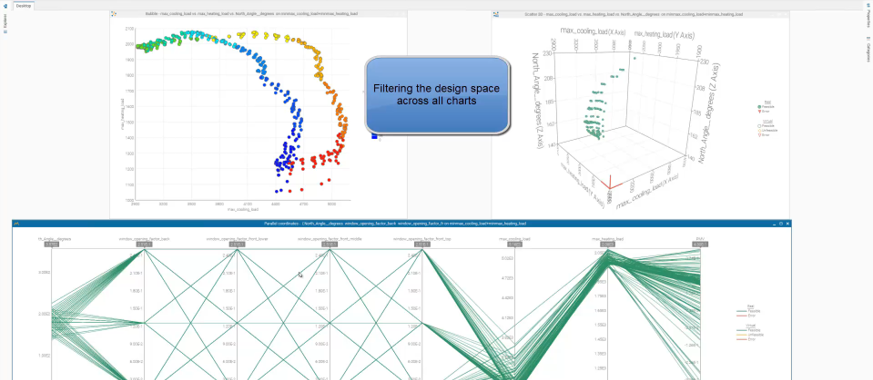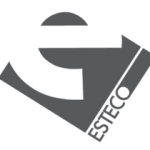ASHRAE BPAC & Simbuild 2020: Virtual Conference
EDSL and ESTECO to present at ASHRAE BPAC & SimBuild 2020
Be sure to watch our presentation on Thursday, Oct 1. We will be the third presenter in Seminar 6, which begins at 11:30am ET. If you haven’t registered for the conference, you can do so here.
We are running a promotion during the conference, please get in touch to find out more, arrange a trial, or request a demonstration.
As part of the upcoming Building Performnce Analysis Simbuild conference, we will be presenting some of our ongoing research on multiobjective optimization, conducted in collaboration with ESTECO.
ESTECO is a software company focused on tools for engineering disciplines. We teamed them to leverage the power of their modeFrontier software, known for its multiobjective optimization capabilities. While typically used in structural and other engineering disciplines, we wanted to demonstrate its usefulness in energy modeling.
Why consider multiobjective optimization? For starters, design itself is about understanding tradeoffs and benefits of an array of solutions, and making decisions that are best suited to the particular combination of considerations at hand. It is the balancing act of those benefits and tradeoffs that defines a successful project.
Our proof of concept research studied balancing thermal efficiency and occupant comfort of a classroom. We defined the problem as follows:
thermal efficiency = minimizing the heating and cooling loads by maximizing natural ventilation.
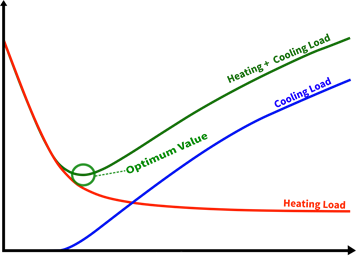
Variables:
Rear of classroom: 1 row of windows with 3 possible states of openness
- Open max (20% of window area due to safety restrictors)
- Open mid (10% of window area due to safety restrictors)
- Closed
Front of classroom: 3 rows of windows
- Front top
- Front mid
- Front bottom
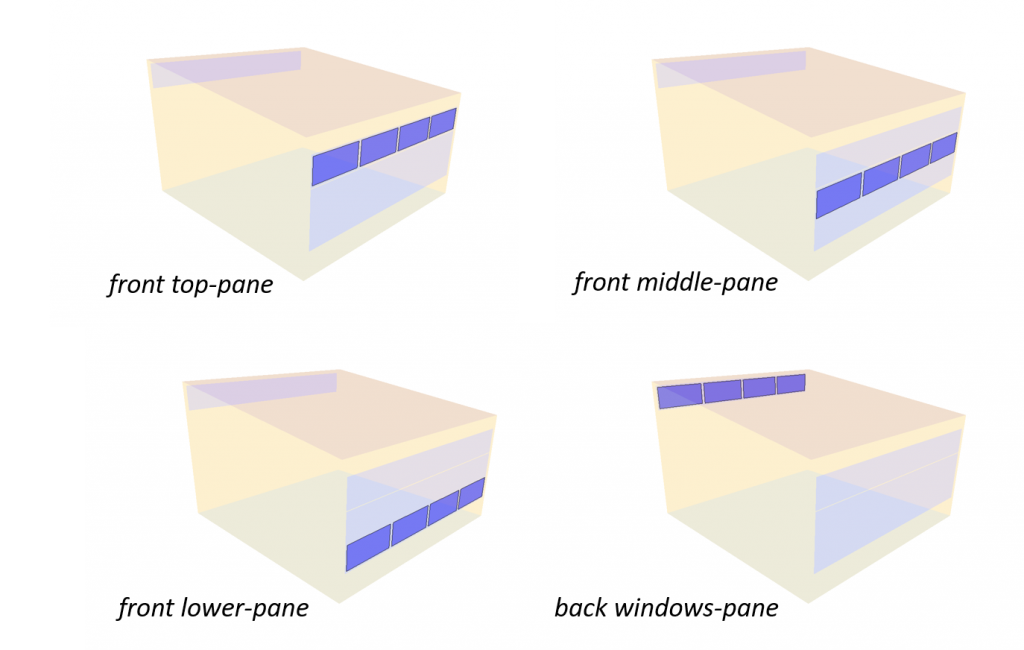
Each row has the same 3 possible states of openness as described above.
Room orientation: 0-364 degrees rotation, in increments of 1 degree
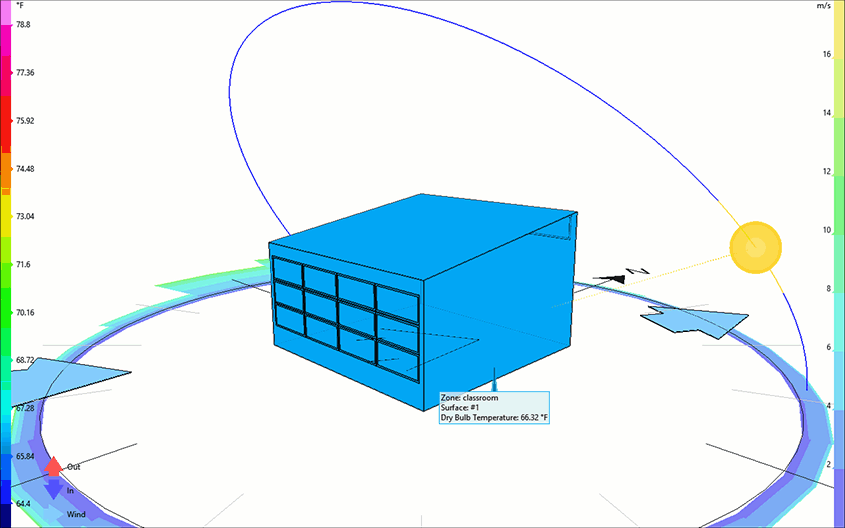
While performing this type of study in Excel is possible, it is often prohibitively complex, time intensive, or both. With 72 orientations and three choices of openness, there are nearly 6,000 combinations to evaluate. If we included two different roof insulation options, the number of combinations would have increased to nearly 12,000. Adding three glass options would have included about 50,000 combinations. Clearly these considersations would be valuable to incoroprate, but would require a method other than spreadsheets to analyse the data and manage the results.
For thermal comfort, we limited the solution set to contain options whose PMV was between -1 and 1. We also limited the total percentage of occupied hours that fell above the high temperature threshold of 25C/ 77F – a simplified version of overheating analysis.

For the results of this research, please be sure to watch our presentation on Thursday, Oct 1. Registration details are at the top of the page.
Our goal for this presentation was twofold. First, to demonstrate the benefits of using multiobjective optimization to solve sustainability-related design problems quickly and efficiently. Our second goal was to uncover potential, nonintuitive solutions that may have otherwise remained uninvestigated.
Please reach out to us if you you would like to learn more about Tas, or if we can help you with a specific design challenge.
